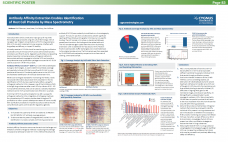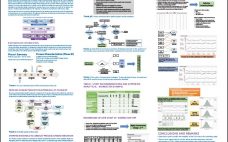Increase your recombinant lentivirus and adeno-associated virus (AAV) production with a novel transfection formulation, TransIT-VirusGEN® Transfection Reagent, specifically designed for large-scale virus production to support gene and cell therapies. This poster highlights TransIT-VirusGEN® for use in adherent or suspension cell culture platforms along with enhancers that significantly increase functional virus titers over PEI based formulations. Testing was performed with multiple serum-free media formulations and examined using different plasmid DNA concentrations to better address compatibility within various workflows. Download the poster…
2019 Collection
New Approach for Qualifying Liquid Handling in Single-Use Bags
2D Flexsafe® Bags and Shells Offer Strong Validation: Complete logistical solution for handling and shipping of liquid bulk drug substance in a 2D Flexsafe® bag & shell Quality by design principles Comprehensive and innovative testing program following the guidelines like ASTM, NF and ISO The system allows for safe variable shipping volumes of 10–120% of nominal fill volume and can be leveraged by the end-users for their own process validation Fill out the form below to view the complete poster…
Antibody Affinity Extraction Enables Identification of Host Cell Proteins by Mass Spectrometry
Host cell proteins (HCP) constitute a major group of impurities for biologic drugs produced using cell culture technology. Even at nanogram per milligram concentrations of HCP to drug substance (DS), HCPs can elicit undesired immune response, interfere with drug safety and efficacy, or impact DS stability. A broadly-reactive HCP ELISA should be used during the purification processes to ensure removal of HCPs and to demonstrate process consistency and final DS purity. Regulatory authorities are requesting biopharmaceutical companies employ orthogonal methods…
Step-wise strategy to address process characterization and late phase development – toward the definition of a standardized approach
Drivers for process characterization and late phase development include improving process understanding, enhancing process robustness, and assurance that the process delivers consistent product quality within all Proven Acceptable Ranges (PARs). Regulator’s expectations for biologic submissions include the application of statistical methods to improve the confidence of the PARs and knowledge of the design space for a process. Different approaches have been reported for process characterization but contain common elements including risk assessment, scale-down model qualification, and statistical design of experiments.…




